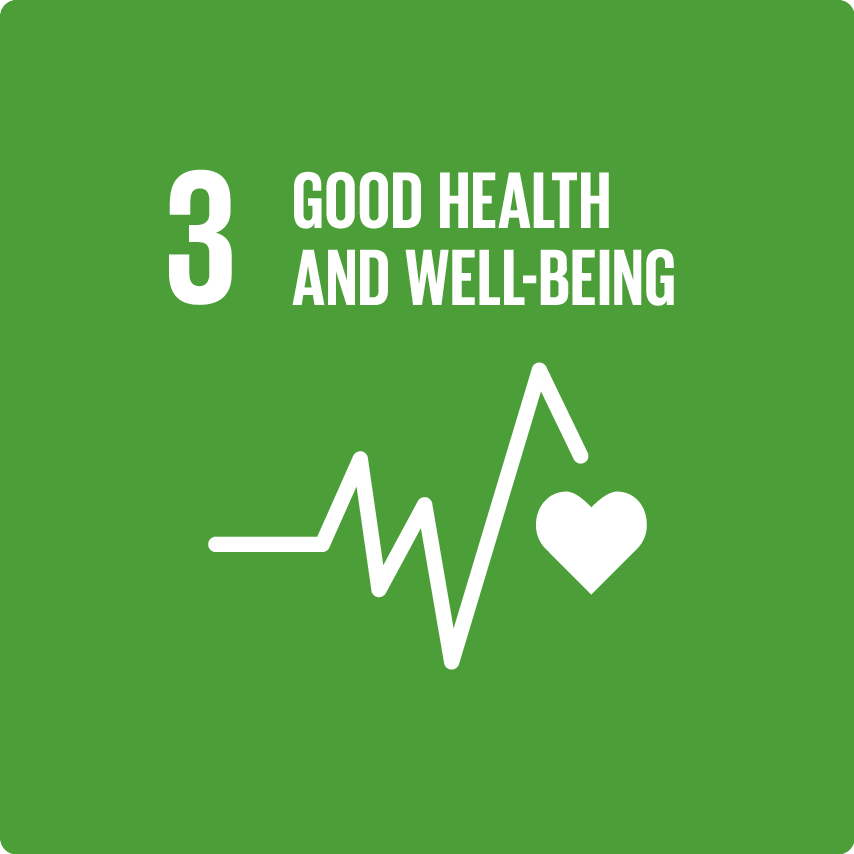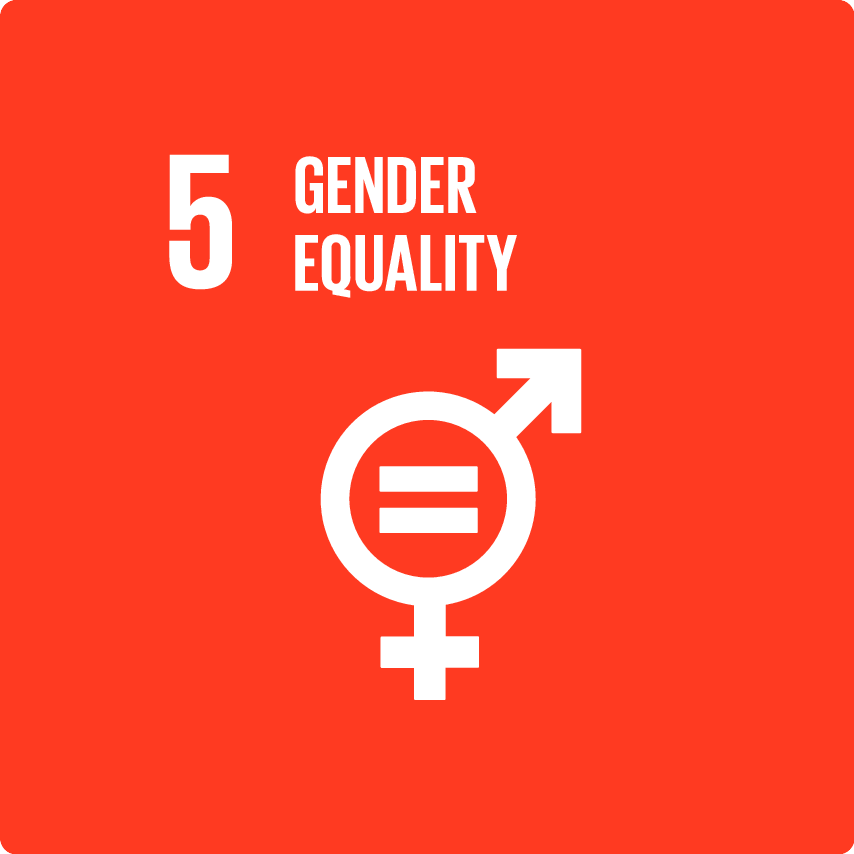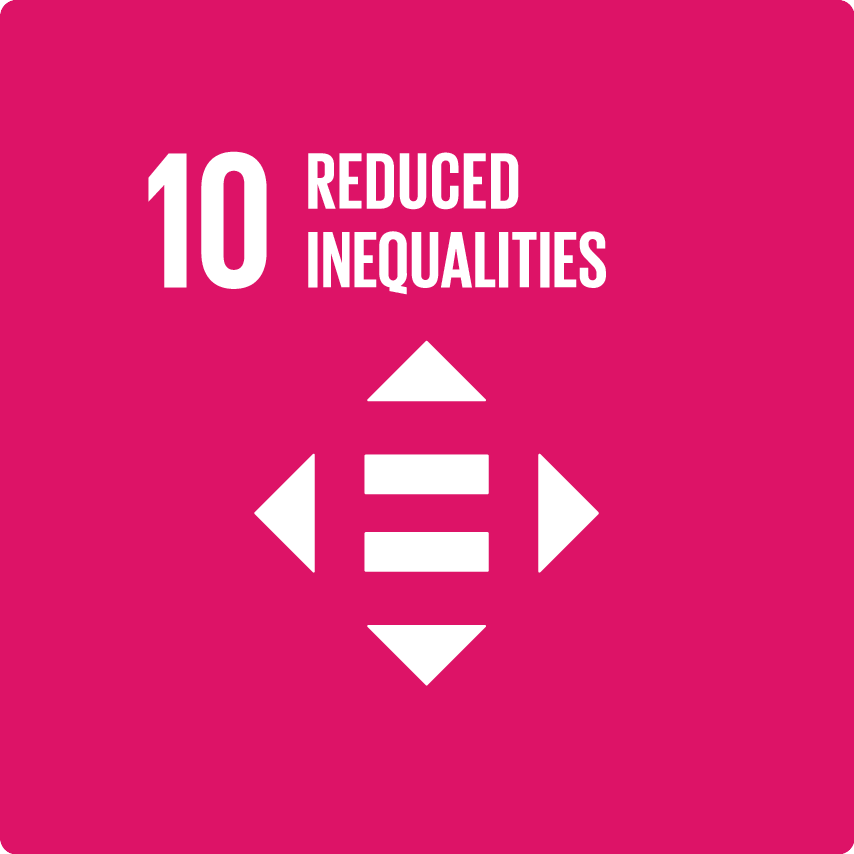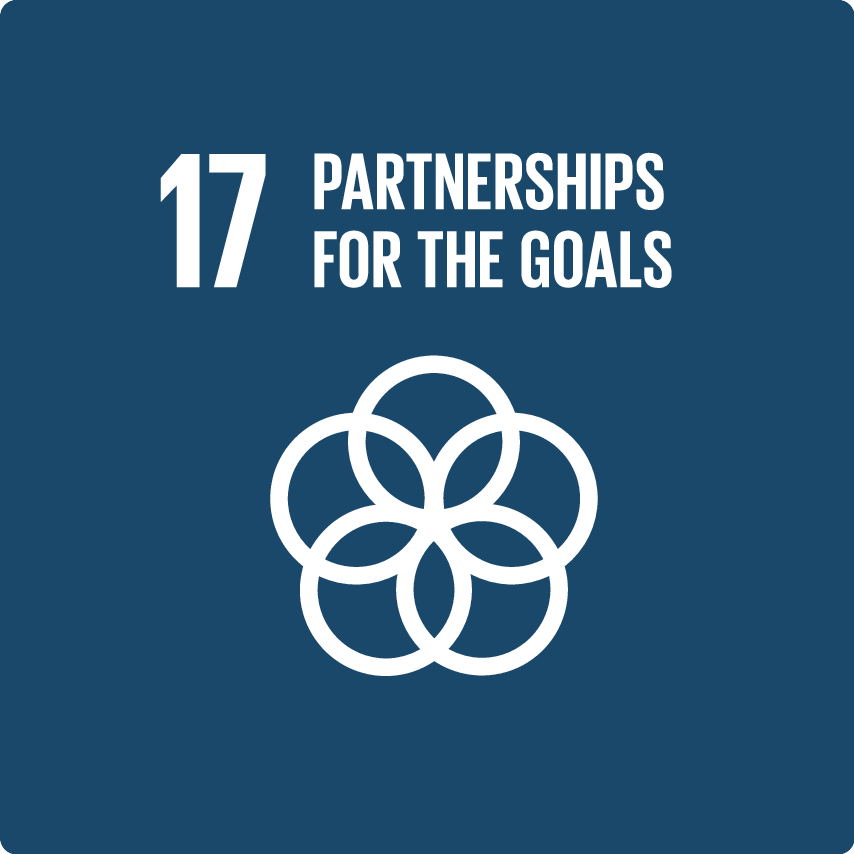Global Alliance to Eliminate Lymphatic Filariasis (GAELF)
Bringing together a diverse group of public-private health partners to support the Global Programme to Eliminate Lymphatic Filariasis (GPELF) by mobilising political, financial and technical resources to ensure success.
SEE ALL PARTNER ORGANIZATIONS
Objectives
The mission of the Global Alliance to Eliminate Lymphatic Filariasis (GAELF) is to bring together a diverse group of public-private health partners to support the Global Programme to Eliminate Lymphatic Filariasis (GPELF) by mobilising political, financial and technical resources to ensure success.
The global programme’s elimination strategy has two components: (1) to stop the spread of infection (interrupting transmission); and (2) to alleviate the suffering of affected populations (controlling morbidity).
GAELF helps coordinate activities of partners and concentrates on political, financial and technical support.
What are the health needs and challenges?
Lymphatic filariasis (LF), or elephantiasis as it is commonly known, is a mosquito-spread infectious disease that affects 120 million people in more than 50 countries worldwide. Another 856 million people are at risk of infection.
Found in the tropical and sub-tropical areas of Africa, Asia, the Pacific, the Middle East and the Americas, LF is one of the world’s leading causes of disability. It is characterised by severe swelling of the legs and arms and skin infections, and many people affected are unable to work and therefore forced into a life of poverty.
Partnership activities and how they address needs and challenges
The World Health Assembly passed resolution 50:29 in 1997 calling on Member States, working with other partners, to take advantage of the simplified and highly effective strategies to eliminate the disease. In support of this goal, the Global Alliance to Eliminate Lymphatic Filariasis (GAELF) was created to foster partnership together with the WHO in order to support the Global Programme in bringing together ministries, implementing organisations, academia and research organisations to coordinate these efforts.
Mass Drug Administration (MDA)
Elimination of LF is possible by stopping the spread of the infection through preventive chemotherapy. The WHO recommended preventive chemotherapy strategy for LF elimination is mass drug administration of albendazole (donated by GSK), MECTIZAN (donated by MSD), and DEC (donated by Eisai).
WHO recommends the following MDA regimens:
- albendazole (400 mg) alone twice per year for areas co-endemic with loiasis
- ivermectin (200 mcg/kg) with albendazole (400 mg) in countries co-endemic with onchocerciasis
- diethylcarbamazine citrate (DEC) (6 mg/kg) and albendazole (400 mg) in countries without onchocerciasis
Following recent evidence that indicates that the combination of all three medicines can safely clear almost all microfilariae from the blood of infected people in a shorter duration, WHO in 2017 recommended the following MDA regimen, called the IDA regimen, in countries without onchocerciasis:
- ivermectin (200 mcg/kg) together with diethylcarbamazine citrate (DEC) (6 mg/kg) and albendazole (400 mg) in certain settings.
Results and milestones
According to the WHO, from 2000 to 2016, 6.7 billion treatments were delivered to more than 850 million people at least once in 66 countries, considerably reducing transmission in many places. The population requiring MDA has declined by 36% (499 million) where infection prevalence has been reduced below elimination thresholds.
14 countries (Cambodia, The Cook Islands, Egypt, Maldives, Marshall Islands, Niue, Palau, Sri Lanka, Thailand, Togo, Tonga, Vanuatu, Viet Nam and Wallis and Fortuna) are now acknowledged as achieving elimination of LF as a public health problem. Seven additional countries have successfully implemented recommended strategies, stopped large-scale treatment and are under surveillance to demonstrate that elimination has been achieved.
To date, GSK has donated more than 8.5 billion tablets of anti-parasitic medicine, albendazole, to help prevent LF transmission and has committed to donating as much albendazole as needed to the WHO each year until LF is eliminated globally. Eisai has donated approximately 1.9 billion diethylcarbamazine (DEC) tablets to help prevent LF transmission and has committed to continue donating DEC tablets until LF is eliminated globally. MSD has donated so far more than 2.3 billion treatments, including 72 million treatments for IDA countries.
Geographic Reach
- Global Commitment
Disease Area
- Infectious and Parasitic Disease
Target Population
- Children
- Youth
- Women
- Men
- Elderly
- People with low incomes
- Marginalized/indigenous people
- Rural populations
Partner organizations
Kenya Medical Research Institute
Liverpool School of Tropical Medicine
London School of Hygiene & Tropical Medicine (LSHTM)
Nagasaki University
London Centre for Neglected Tropical Disease Research
Centro de Investigacao em Saude de Angola (CISA)
Eastern & Southern Africa Centre of International Parasite Control (ESACIPAC)
Escola Superior de Tecnologia da Saúde de Lisboa Portugal
Ethiopian Public Health Institute (EPHI)
Global Atlas of Helminth Infections (GAHI)
Government TD Medical College Kerala India
Kwame Nkrumah University of Science & Technology
Case Western Reserve University
African Research Network for Neglected Tropical Diseases (ARNTD)
Indian Council of Medical Research
James Cook University
KEMRI-Wellcome Trust Research Program
Japan International Cooperation Agency (JICA)
US Agency for International Development (USAID)
Kuwait Fund
Saudi Fund for Development
Australian Agency for International Development (AUSAID)
Department for International Development (DFID)
IMA World Health
International Foundation for Dermatology
NTD NGDO Network (NNN)
Carter Center
Catholic Medical Mission Board
Christian Blind Mission International (CBMI)
Girl Effect
Handicap International
International Volunteers in Urology
LEPRA
Sightsavers International
Leprosy Mission International
Drugs for Neglected Diseases initiative (DNDi)
Effect Hope (The Leprosy Mission Canada)
Izumi Foundation
Health & Development International (HDI)
Footwork
Bill and Melinda Gates Foundation
Childrens Investment Fund Foundation (CIFF)
Ministry of Health, Labour and Welfare Japan
Centers for Disease Control and Prevention (CDC)
International Skin Care Nursing Group
European Foundations Initiative for African Research into NTDs (ARNTD)
Amaury Coutihno, Brazil
Arab Fund for Economic and Social Development
Mission to Save the Helpless, Nigeria
Charitable Society for Social Welfare (CSSw) Yemen
Children Without Worms
Helen Keller International
Inverness Medical Professional Diagnostics, USA
UNICEF
World Bank
World Health Organization (WHO)
Mectizan Donation Program
Additional resources
Geographic Reach
Global Commitment
Disease Area
Infectious and Parasitic Disease
- Neglected Tropical Diseases (NTDs)
- Elephantiasis (lymphatic filariasis)
- Leprosy



